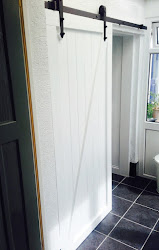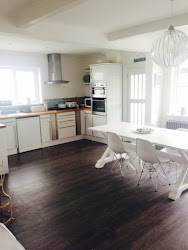Statement of significance
This tea service is from the collection of silver and EPNS (electroplated nickel silver) tableware, trophies, napkin rings and spoons made and/or used in Australia between the 1890s and 1950s. Presented to the Museum in 2002, the collection was assembled in the 1980s and 1990s by Professor G W Kenneth Cavill, an Emeritus Professor of the University of New South Wales. In his retirement, Professor Cavill has researched and published the histories of notable early 20th century Australian silverware manufacturers. The collection is representative of their products and includes many rare objects. It was put together to both document and preserve examples of the golden era for the production of domestic silverware in Australia. Rare manufacturers' catalogues of the 1920s and 1930s that complete the collection, show the extensive range of products then available
The hollowware represented in the collection was made in electroplated nickel silver (EPNS) and reproduction Sheffield plate (electroplated silver on copper). Finely made and modestly priced, Australian silverware competed strongly with imported goods. Since the 1950s, table silverware has largely given way to stainless steel. Souvenir and giftware such as spoons and napkin rings are particularly well represented.
Napkin rings made in Australia are comparable in quality to British wares of the same period - a similarity the donor notes is largely due to supervisors being recruited from Birmingham or London. Whilst simple napkin rings were within the capabilities of an apprentice, elaborate ones required much expertise. Reflecting this range, the collection encompasses a wide range of styles from Arts and Crafts to Art Deco and in techniques that include engraving by hand and machine, stamping, and fretwork.






